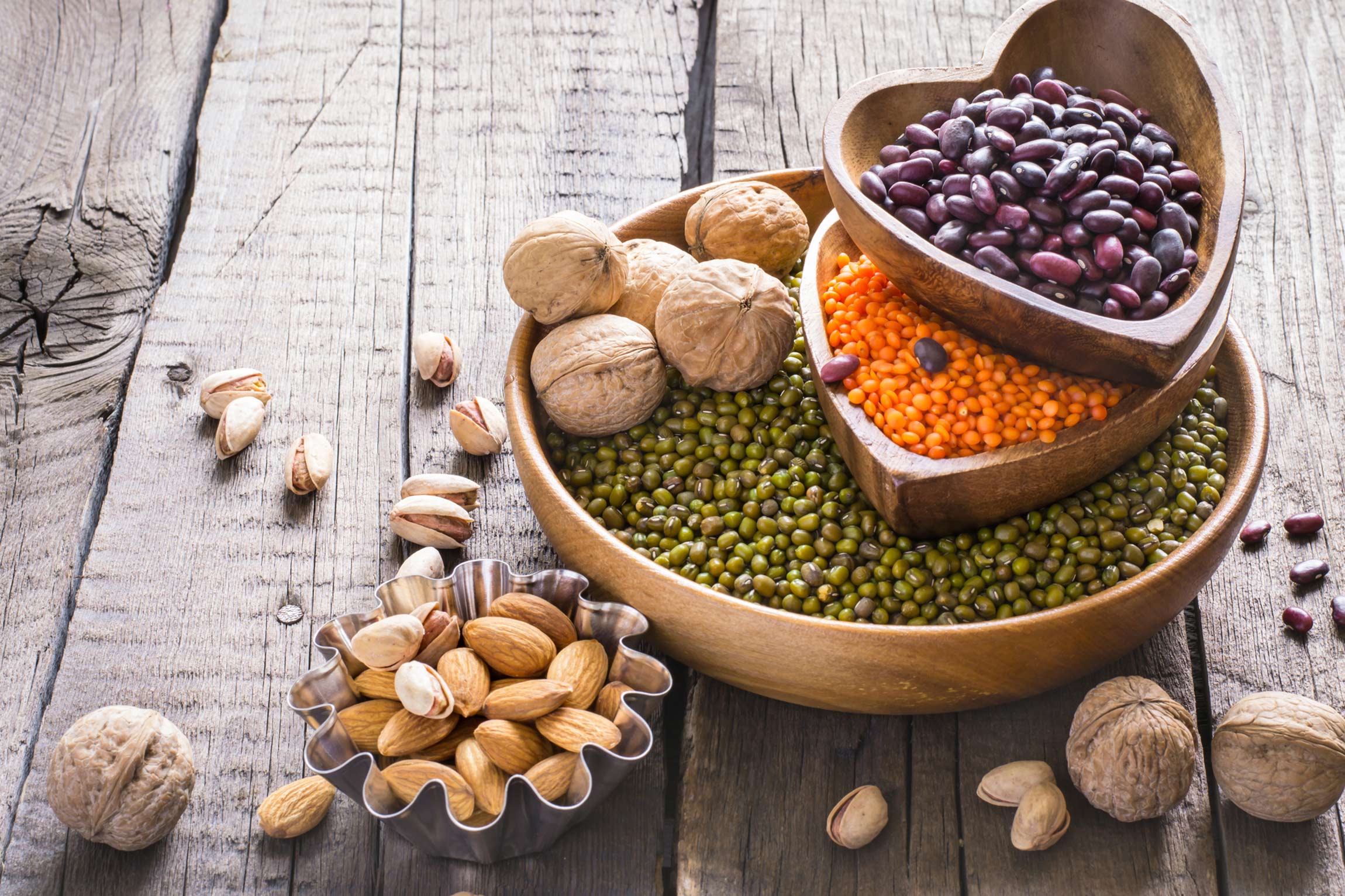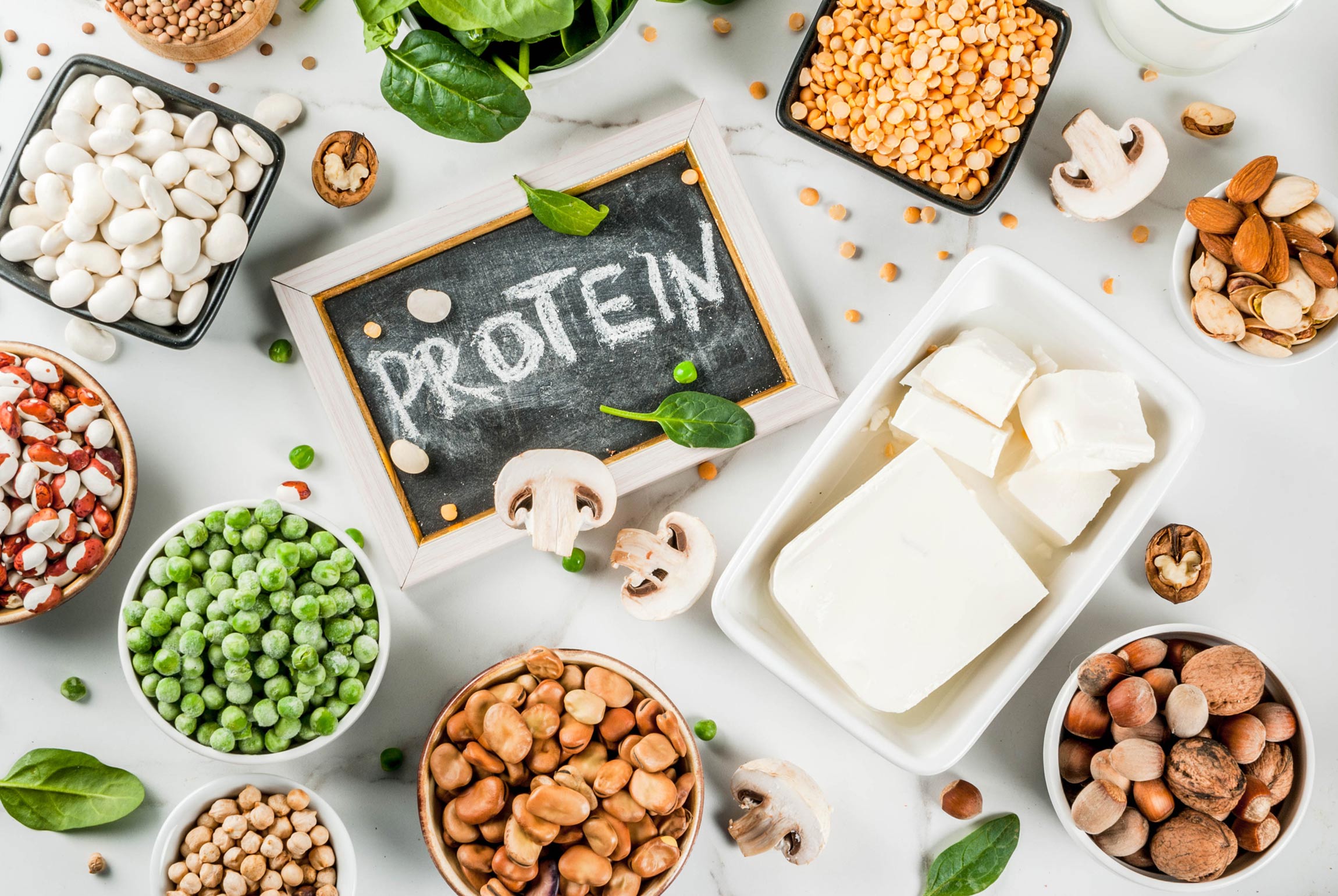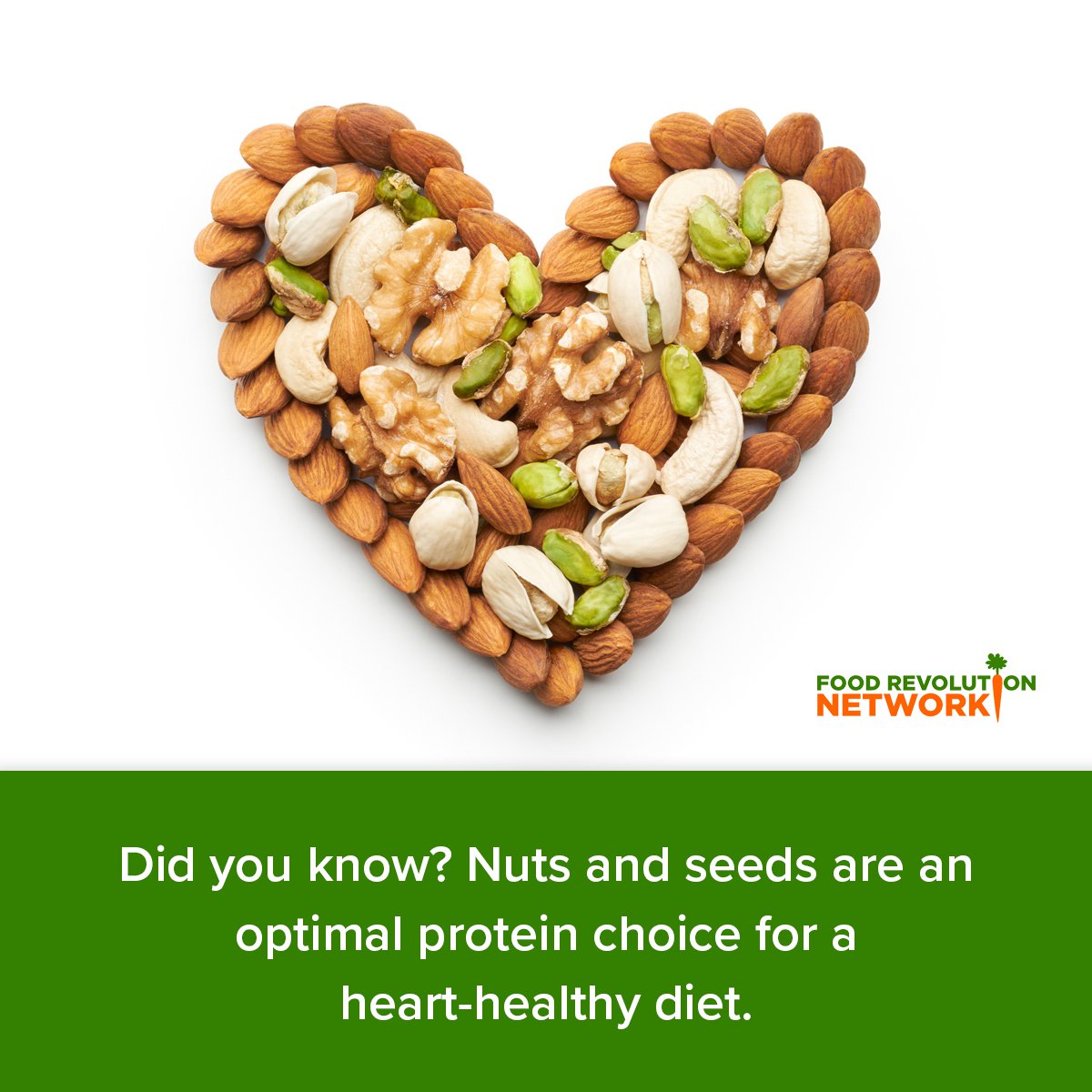A plant-powered doctor clarifies why all protein is not equal and offers an explanation of the benefits of plant protein vs animal protein for cardiovascular disease and longevity. Learn which types of plant protein are the most beneficial and tips for adding healthy protein sources to your diet.
By Joel Fuhrman, MD • A version of this article was originally published on DrFuhrman.com.
Thanks to popular wisdom, we tend to consider animal protein our dietary MVP – it’s associated with building muscle, and high-animal protein weight loss diets are still popular. In contrast, plant protein from vegetables, legumes, nuts, and seeds is considered a “second string” source.
But as usual, popular wisdom only gets part of the story right. When it comes to protecting your cardiovascular health, it is the source of your protein that matters most.
Many studies have demonstrated that plant protein is beneficial – and animal protein is harmful – regarding outcomes such as cardiovascular disease, cancer, and death from all causes.
But new data gathered by the Adventist Health Study 2 takes a more nuanced look at exactly which types of plant and animal proteins have the greatest impact on your risk of heart disease.
Researchers decided to ask which protein-containing foods, in particular, contribute to increasing or decreasing cardiovascular risk. It will come as no surprise to Nutritarians that nuts and seeds emerged as the most beneficial source of this vital nutrient.
When it comes to protecting your cardiovascular health, it is the source of your protein that matters most.
All Protein is Not Equal: Plant Protein vs Animal Protein
In this new study, researchers focused on the specific sources of the subjects’ protein intake. A total of 81,337 participants were asked about their usual intake of these foods during the previous year, and then they were followed for 6-12 years. Data was analyzed to determine the percentage of total protein that came from these animal and plant sources.
Of all the plant and animal protein sources analyzed, the risk of cardiovascular deaths steadily climbed with higher consumption of meat protein and steadily fell with greater consumption of protein from nuts and seeds.
In the groups with the highest meat intake, the risk was about 60% higher than in the group with the lowest intake. In the group with the highest intake of nuts and seeds, the cardiovascular risk was about 40% lower compared to the group with the lowest intake of nuts and seeds.
These results are consistent with previous research that has compared nuts to meat as a major calorie source. Plus there have now been numerous studies linking higher nut intake to longevity.
Why Is Meat So Harmful to the Cardiovascular System?
- Meat is high in Advanced Glycation End Products (AGEs), which contribute to vascular damage, especially in people with diabetes.
- Meat is high in heme iron, which has pro-oxidant effects that promote cardiovascular disease.
- Meat contains pro-inflammatory components such as arachidonic acid, saturated fat, and carnitine.
- Meat consumption (and animal protein consumption in general) is associated with weight gain.
- Meat promotes the growth of unfavorable bacteria that lead to the production of TMAO, which inflames the endothelium and promotes atherosclerosis.
In addition to cardiovascular disease, diets high in animal protein also promote cancer.
Animal protein, which has a higher biological value (compared to plant protein) because of its greater essential amino acid content, is absorbed and utilized quickly by the body. This raises IGF-1 to dangerous levels, which promotes the growth of tumors and enhances fat storage.
Why Are Nuts and Seeds So Protective?
- Nuts and seeds are the optimal protein choice for a cardio-protective diet.
- They are rich in a variety of heart-healthy nutrients: potassium, magnesium, fiber, plant sterols, tocopherols (vitamin E), flavonoids and other polyphenols.
- They have been shown to reduce total and LDL cholesterol.
- The fat-binding fibers are not absorbed, carrying fat into the stool and toilet.
- They are highly satiating, promoting a healthy weight.
- Nuts are rich in arginine and glutamic acid, which aid in the production of nitric oxide and are important for maintaining favorable blood pressure.
- They promote favorable blood glucose levels in studies on patients with type 2 diabetes.
- Nut consumption is associated with better vascular (blood vessel) function and reduced oxidative stress.
In addition to their cardiovascular benefits, nuts also facilitate the absorption of vegetable-derived phytochemicals, which increases the antioxidant potential and the protective function of immune system cells.
Calories from nuts and seeds are absorbed very slowly, which means that the body is more likely to use them for energy rather than storage.
A diet rich in plant protein sources (such as seeds, nuts, and beans) provides adequate but not excessive amounts of all of the essential amino acids, enabling the body to modulate (lower) IGF-1 to the most protective levels, without getting too low.
As protein and fat sources, nuts and seeds are the clear winners over animal products. Nuts and seeds are crucial for cardiovascular health and longevity. Now that’s the kind of wisdom that deserves to be popular.
Quick and Delicious Ways to Put Some Muscle in Your Protein
Now that you know why your protein should come from the dirt rather than off the hoof, here are a few easy ways to improve the quality of your diet:
- Limit animal protein to no more than 2 ounces in a day.
- If you have animal protein, skip a day (at least) between servings.
- Use mushrooms, beans, and even crumbled tofu to add a meaty texture to a dish. (Editor’s note: Choose organic tofu and other soy products if you want to avoid GMO ingredients. For more about soy, read this in-depth article from John Robbins.)
- Eat nuts and seeds with leafy greens to aid in the absorption of fat-soluble nutrients from the greens.
- Eat some omega-3-rich chia seeds, ground flaxseeds, and/or walnuts every day.
- Add hemp seeds to a smoothie for a protein (and omega-3) boost.
Editor’s Note:
Protein is an important building block for a healthy body. But not all proteins are created equal. For more insight on which proteins are best, and why — plus meal plans and recipes — check out the book, Clean Protein, by Kathy Freston and Bruce Friedrich.
And here’s another great resource: Joel Fuhrman, MD, has a brand-new Wellness Center in California. Guests under his care experience substantial improvements in cardiovascular health, achieve dramatic weight loss, resolve food addiction and emotional overeating, and reverse serious diseases. If you want a medically guided immersion experience to help you fundamentally reset your health and your life, this could be for you. (Full or partial insurance reimbursement may be available.) Find out more here.
Tell us in the comments:
-
Does this change the way you think about plant protein vs animal protein?
-
Does this inspire you to change how much animal protein you eat?
-
Do you have any favorite ways to add “clean protein” to your diet?
Read Next:
7 reasons why meat causes inflammation — which promotes aging and disease







